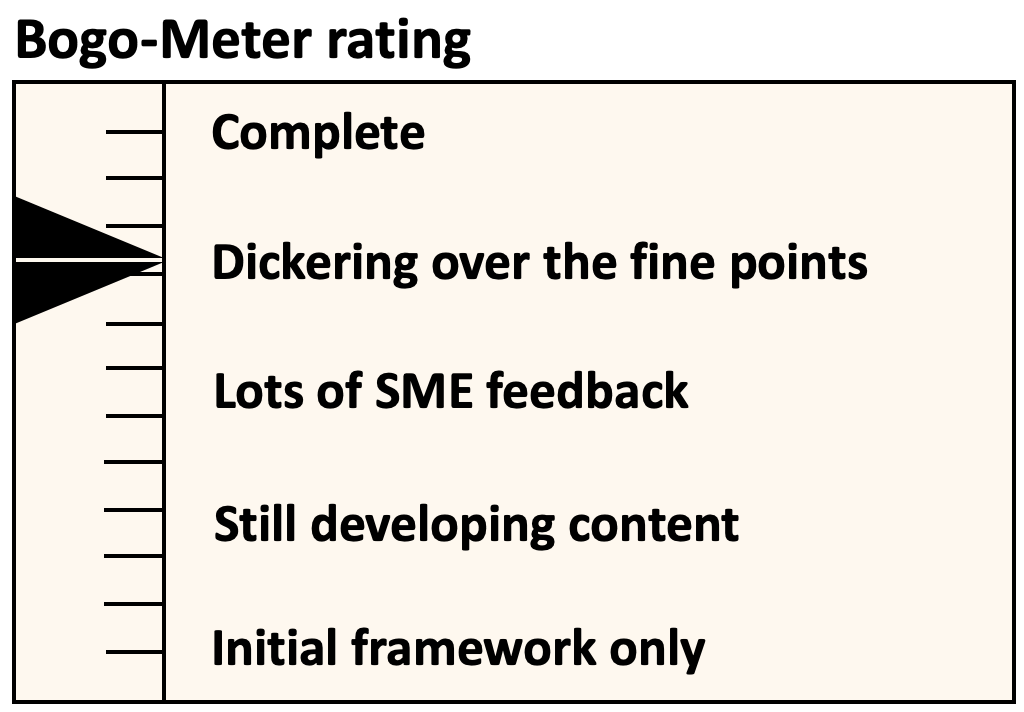8. Gaps, Innovation, and Development ¶

Table of Contents ¶
8.1 Introduction ¶
The purpose of this chapter is to identify the gaps between what is required for automated deployment of VNFs on Cloud Infrastructure frameworks and the framework offered by OpenStack. Once gaps are identified, the next step will be to propose a plan to address these gaps. The most obvious way to address the gaps will be to propose a set of APIs in the upstream OpenStack community
8.2 The Gap ¶
8.2.1 Autoscaling ¶
With regards to resource autoscaling (req.gen.scl.01) it is recommended that the NFVO/VNFM manages the policy and triggers a scale-up or scale-down action based on application telemetry, event, AI, or ML etc. While the use of telemetry and alarming system can trigger a scaling operation based on resource utilisation, without application context this may not provide the granularity or reaction time required by the application. It is therefore suggested that an OpenStack scaling operation is called using an appropriate autoscaling web-hook by the NFVO/VNFM.
For more information on auto-scaling with Heat please see: https://docs.openstack.org/senlin/latest/scenarios/autoscaling_heat.html . Please note that the OpenStack Senlin service is still under development with major architectural changes made in the OpenStack Ussuri release. It might be possible for the next version of this RA to recommend Senlin for auto-scaling.
Please note: physical compute node autoscaling is out of scope.
8.3 OpenStack Release Gaps ¶
Section contains the API versions and key differences between the chosen Anuket baseline version (Train), the current version for RI (Ocata) and the potential future version for RI (Stein). The table below gives only an overview of the differences. For detailed changes, please check the OpenStack releases document.
|
Service Name |
OpenStack (Ocata) (RI version) |
OpenStack (Train) (Anuket baseline) |
OpenStack (Stein) (potential future RI version) |
|---|---|---|---|
|
Keystone |
3.8 |
3.13- Support for delegating fine-grained privileges.- Supports the admin, member, and reader default roles across system-scope, domain-scope, and p roject-scope.- Different role API uses new default policies that make it more accessible to end users and administrators in a secure way. |
3.12- Support for project tags, application credential, domain level resource limits, JSON Web Tokens. - Introduced system scoped roles - Introduced new role ‘reader’ along with ‘member’ and ‘admin’ |
|
Glance |
2.5 |
2.9- Support for compressed container formats.- Block Storage service always creates a new secret in Barbican when it uploads a volume as an image. |
2.7- Version v1 is removed- Support for hidden images, interoperable image import using image data ( glance-direct) or image URL( web-download), - Fixed OpenStack Security Note OSSN-007 5 - Multi backend support to configure multiple stores |
|
Cinder |
3.27 |
3.59 |
3.59- Support for multi attach and deferred deletion for RBD driver- Support for image signature verification when creating volume from image |
|
Nova |
2.42 |
2.79- Support for servers with a NUMA topology, pinned CPUs and/or huge pages, and SR-IOV ports attached when using the libvirt compute driver.- Support for hardware-based encryption of guest memory to protect users against attackers or rogue administrators snooping on their workloads. |
2.72- Support for vGPUs- Support for volume type in server create API- Support to create servers with ports that have QoS minimum bandwidth rule- Security enhancements when using Glance signed images |
|
Swift |
1.0 |
1.0 |
1.0 |
|
Neutron |
2.0 |
2.0- Support for Smart NIC in ML2/OVS mechanism driver to bind the Neutron port for the baremetal host with Smart NIC.- Introduced support for a notifier that sends notifications on relevant resource events/changes to the Openstack Baremetal service (ironic). |
2.0 |
|
Orchestration |
1.0 |
1.0 |
1.0 |
|
Placement |
1.36 |
Additionally, Stein release also provides an upgrade check before actually upgrading any of the services. See more details on upgrade-check .